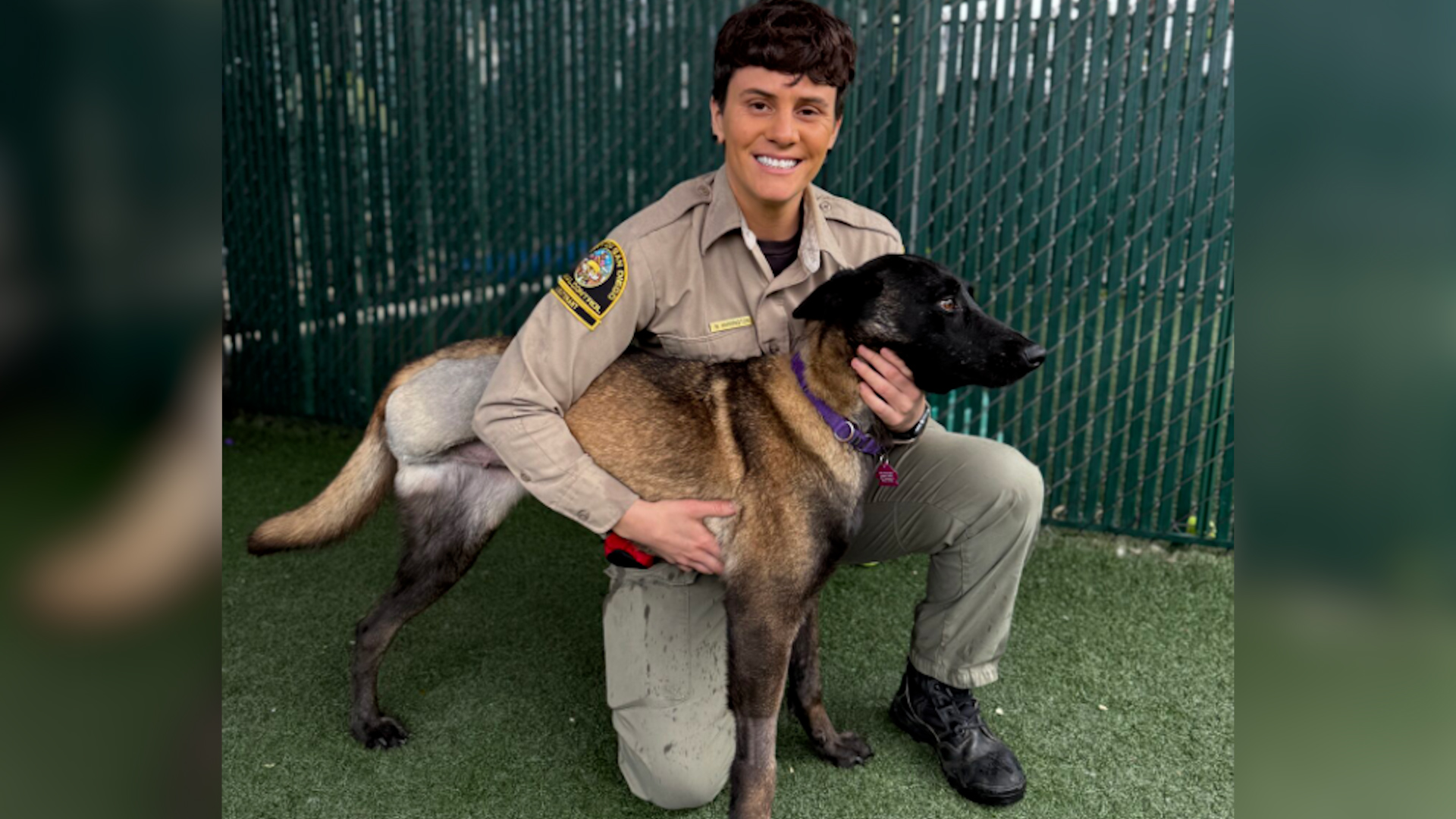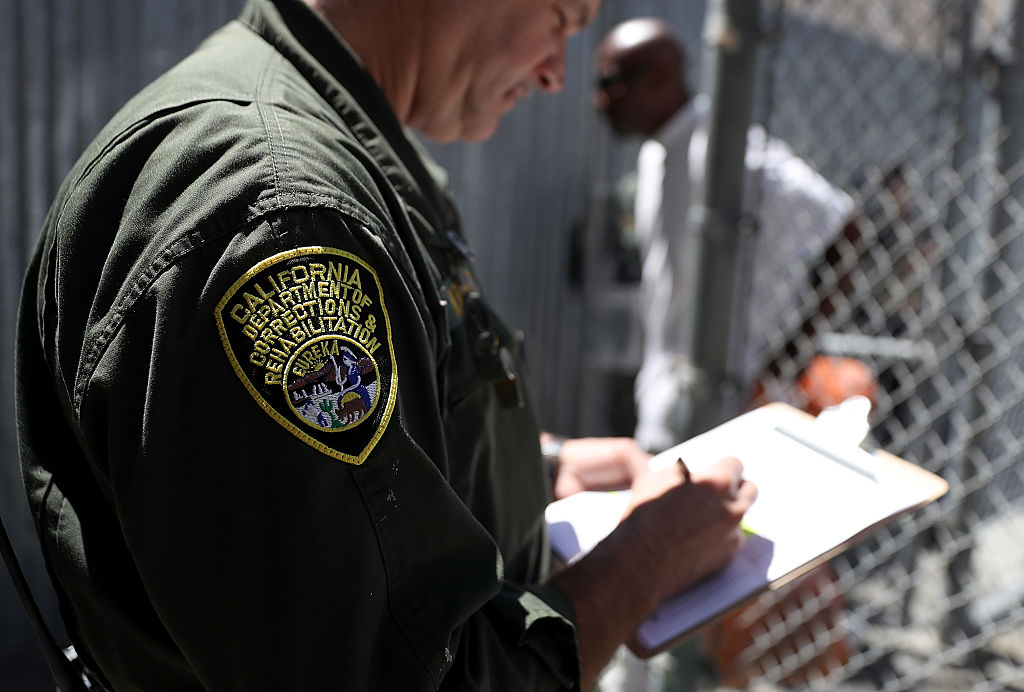A major investment in webcams that spot wildfires in the region’s backcountry was approved at the San Diego County Board of Supervisor’s meeting. NBC 7’s Gaby Rodriguez has more.
The San Diego County Board of Supervisors approved a major investment Tuesday in the region's sophisticated webcam system that helps spot wildfires.
After a year marked by historic blazes in California, the board took action to fund significant fire safety upgrades. During the meeting, the supervisors voted to allow funding from the Fire Storm 2003 Trust Fund to be invested in the county's backcountry cameras.
The investment worth more than $400,000 will boost the network of the High-Performance Wireless Research and Education Network (HPWREN). This will position San Diego County among the nation's most natural disaster-resilient regions, county officials said.
The project will add five more cameras to the county's mountain peaks. There are already 60 HPWREN/AlertSoCal stations and 180 cameras providing on-demand time-lapse HD imagery to look out for wildfires in San Diego County, officials said.
At the meeting, Cal Fire and San Diego County Chief Tony Mechum presented information to the board that demonstrated how the cameras will help firefighters.
Within seconds of sparking, blazes can be spotted on the cameras. These critical moments offer Cal Fire and local fire stations a chance to respond faster and prevent fires from rapidly spreading into a catastrophe.
The expansion of the program will add cameras to high priority locations such as Cowles Mountain, North Peak, Cuyamaca, Sierra Rojo and White Star. Officials said the project will take more than a year to complete.
Local
"I think it shows the integrity of the county and all of our public safety agencies that money has been left there for events like this," Mechum said. "We didn't run out and spend it in the first year after the fire."
Mechum told NBC 7 that the backcountry webcams helped first responders react faster during the Lilac Fire that tore through the region last month. Multiple fires can spark during high alert days, which was the case in December.
"We were getting calls about fires along the border," Mechum said. "We looked at the camera and we had every belief that the fire was in Mexico. So we only sent one fire engine down to the border to take a look at it, as opposed to what we would have done a few years ago."
He explained that the webcams allowed fire stations to avoid overreacting to a minor incident.
"We would have had to divert equipment that we wanted to send to the Lilac Fire all the way to the other end of the county down along the border," Mechum added.
Previously, the board approved investment and expansion of the HPWREN in 2010 and 2012. The camera system is operated and maintained by UC San Diego's Scripps Institution of Oceanography.
With the webcams, firefighters and federal and state agencies gain access to real-time fire activity information over a broad geographical area, officials said. With limited time in emergencies, the webcams help crews act quickly to save lives and homes.



